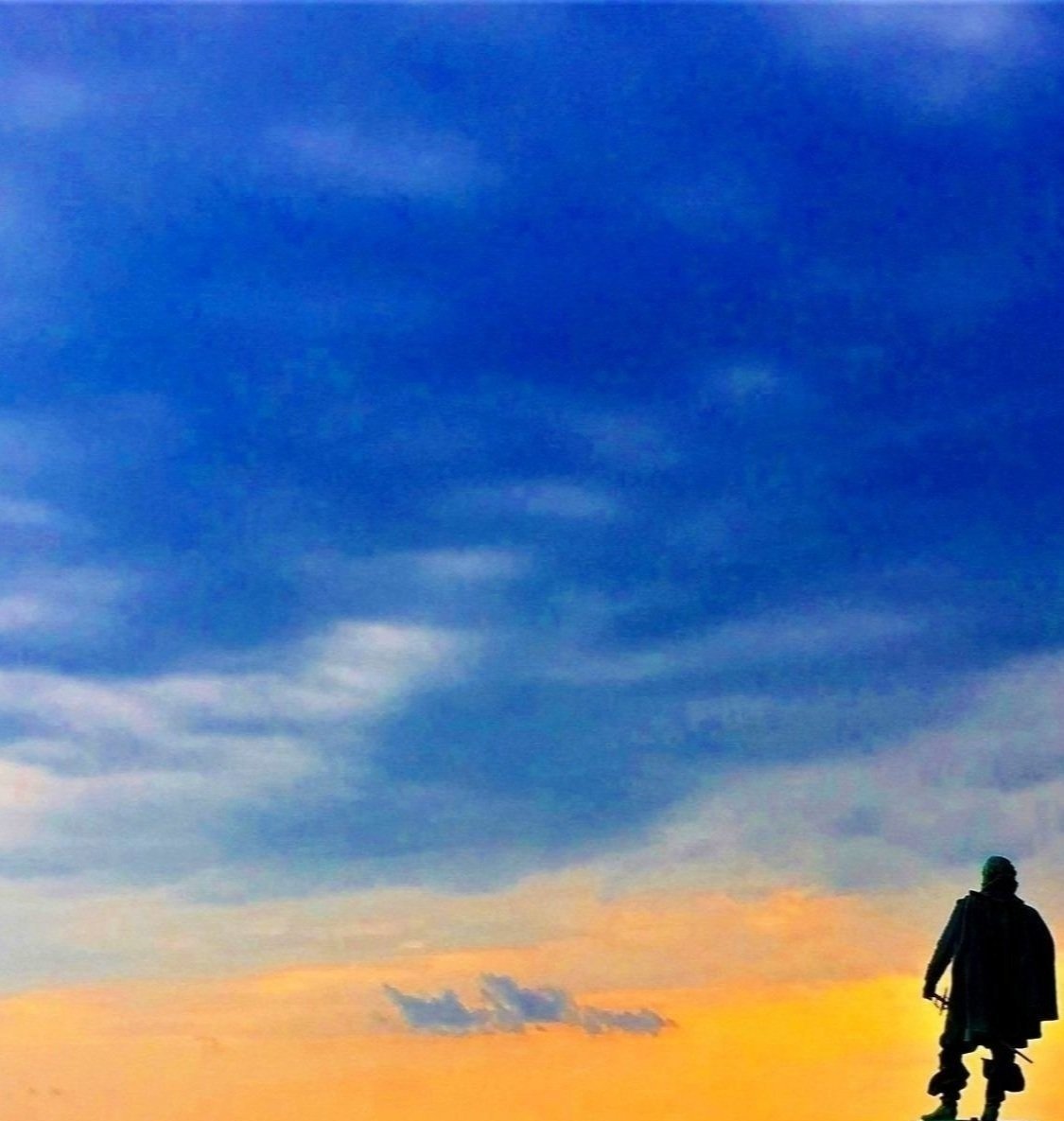
The Sultana Shallop, a reproduction of Smith’s shallop. (Photo: Chris Cerino)
The Explorer
How Did Smith Travel the Bay?
Smith went mostly by water in a shallop, an open craft resembling the fat, double-ended Navy lifeboats of recent memory. Boats and ships were built for freight capacity, not speed. He called it both a shallop and a barge.
The restorations of 2007 had no English examples to go by. Instead, they used good Spanish and Dutch images.
It is fair to say Smith’s Chesapeake shallop was thirty feet long.
It was crewed by a dozen or so, moved by six oars with one stout fellow on each oar, thus working in two shifts. When the wind was fair, they hoisted a mainsail and a headsail on one mast. When the sun was too hot or the rain too hard, they rigged a tarp.
Nearly all, maybe the captain included, learned everything they knew about boats, oars, and sails, there and then. Smith gives us some telling remarks in “Quotes.”
As for his craft on the New England coast, we can only assume it was similar.
By Land
Smith found much uninhabited land, such as the western shore of the Maryland Chesapeake, the various inlets at the head of the Bay, the Potomac above tide, Tangier Island. His firm policy, encountering and moving among native peoples, was to exchange hostages to guarantee good behavior. As an explorer, he did not hesitate to anchor the shallop and strike out with a contingent to march upstream beyond tidal waters many miles, often with local guides. These forays seldom encountered habitations or opposition. An exception was the Rappahannock River.
Navigational Equipment
Smith does not enumerate but from his narrative we gather that the shallop was equipped with a magnetic compass for direction, and an astrolabe (crude forerunner of the sextant) from taking “heights”, or the noon altitude of the sun, to determine latitude. The astrolabe has the signal advantage in inland waters of not needing a sight horizon. Many think he used a compass/sundial to determine noons. He used a sounding lead often, not to avoid running aground but in order to create a chart usable by ships. However, the shallop did run aground in the upper Chesapeake and had to wait for high tide. Smith might have been the last explorer not to have a telescope.
The rig of the Reedville and Chestertown recreated shallops is a sprit sail. The Deltaville shallop was given a galley (square) rig initially but after a year or two also went to a sprit.



